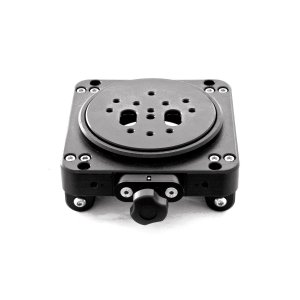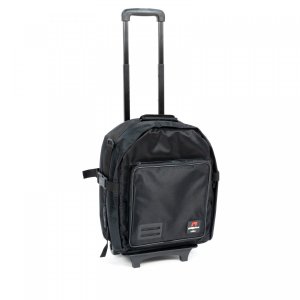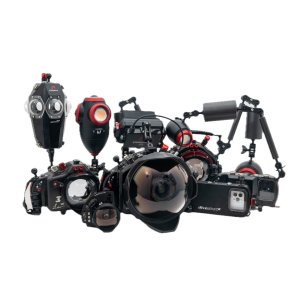MIRRORLESS vs. REFLEX, or LEO3 WI vs. LEO3
by Massimo Boyer
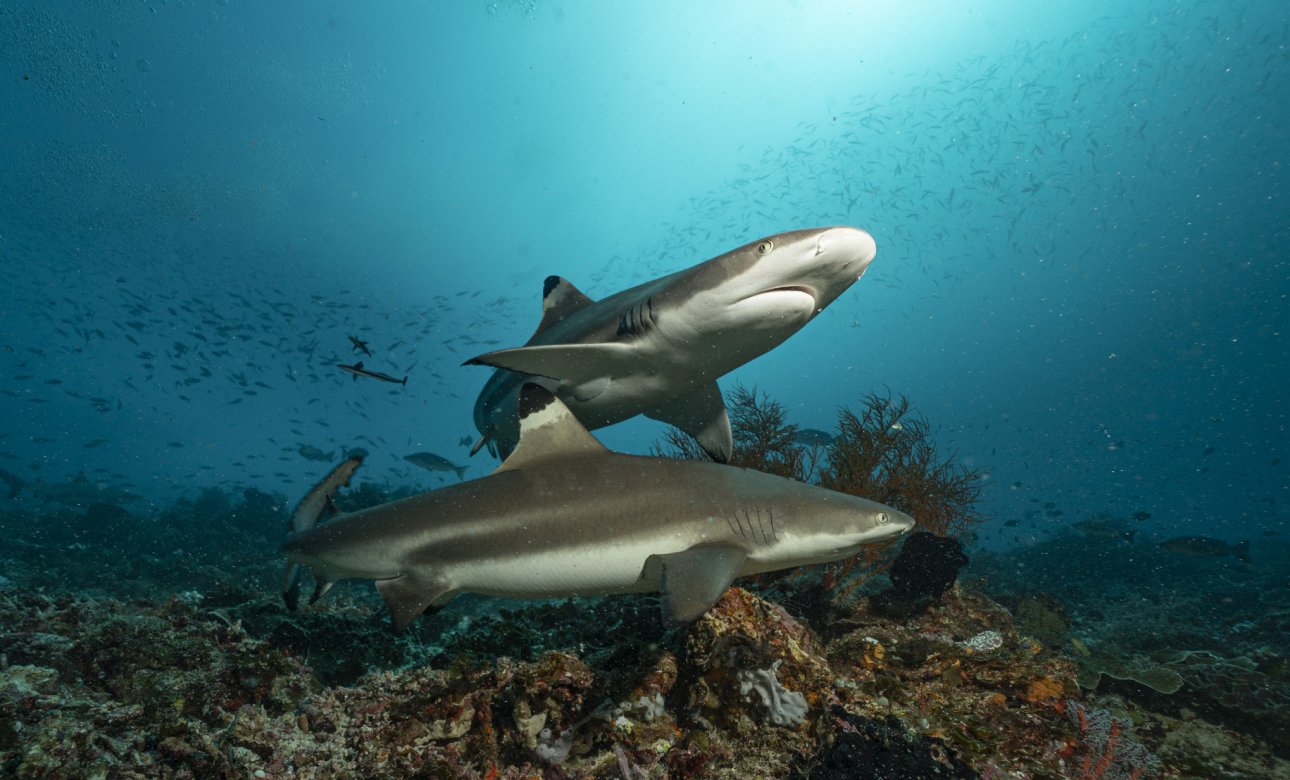
Well, yes, I have adapted to the one that is taking the stage, and that may be seen as the second revolution in the photography world. I have switched to a mirrorless and I changed housing, from Leo3 to Leo3wi.
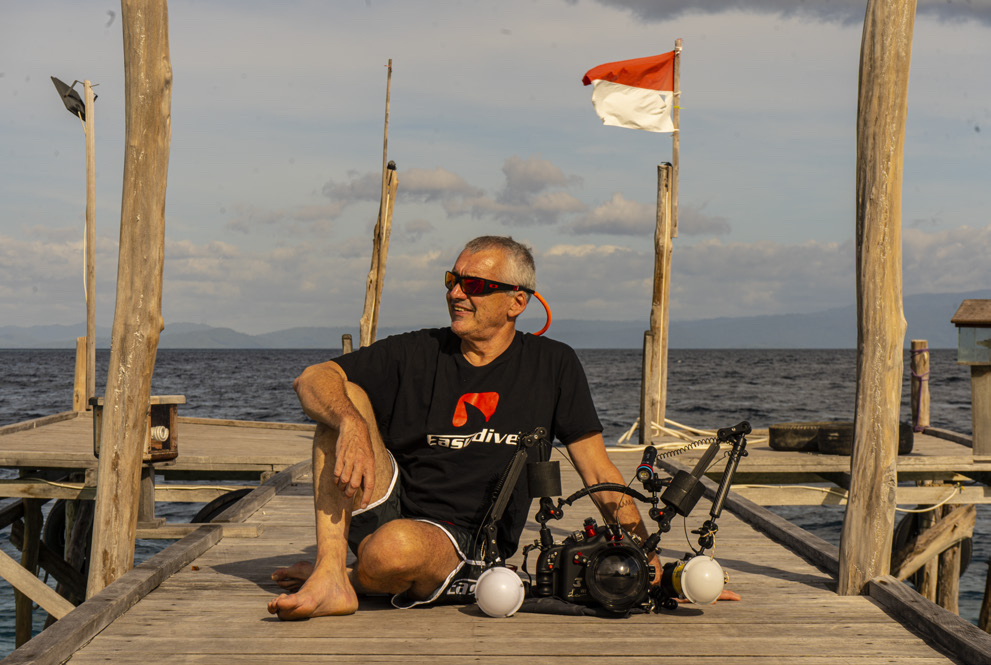
The first revolution to which I refer, occurred at the turn of the millennium was the switch from the chemical photography to the digital one. I simply believe that when the photographic industry has felt ready it has switched, without asking itself too many questions, like Robespierre. This has initially caused cries and regrets from the nostalgic people, the majority has been aware of the change. Almost everyone has adapted, now… hands up who wants to go back in time. The switch to the digital, in addition to eliminate the slavery of the 36 clicks and to speed up the process of the acquisition and first vision of the result, carries around another important consequence: is the reflex system, pentaprism, folding curtain and mirror, designed with the purpose of making possible the vision through the lens, so of transfering to the viewfinder the image that at the time of the click is seen from the camera, still needed? Everything was needed, definitely, to avoid that the light impressed the film ahead of time allowing at the same time the vision through the lens, but in a digital system the light coming from the subject can hit the sensor , that sends the signal to the LCD screen or to an electronic viewfinder, to show the scene to the photographer. The sensor records the light at the time of the click, but it doesn’t need to be put in the dark before from a mirror, so we can do without it (mirrorless means precisely “without mirror”), and we can also do without the pentaprism, and the sanded glass for the focus, and lighten and shrink the equipment. The camera, the housing, basically everyting. And here is the second revolution, the passage to the mirrorless, more subterranean and slower but according to many people unstoppable. It must be said that in this case not all the constructors are at the same point, so, while some people resist and still invest in the reflex market, others that so far were on the edge of photography have jumped into the new market sector with big investments and important collaborations with lens constructors. The first and main thing for me is this one: you can save a lot of precious grams, that added together become kilograms, and especially who travels by plane knows how much this is important. If for the external photo many people judge the dimentions of a reflex the right ones to handle, in the photosub small is better. Due to the different distance between the attachment of the lens and the sensor, practically all the constructors had to switch to a dedicated collection of lens. The assortment is still necessarily limited compared to the range of lens that a reflex can have, but it is quickly adapting and then, talking about the photosub, what lens are actually necessary to take photos underwater? In my case, my mirrorless is the Sony α7 III, I found two fabulous lenses in the new range of lens equipped with lens Zeiss: a super wide- angle zoom 12-24 mm and a 90 mm Macro. What could I ask for more?
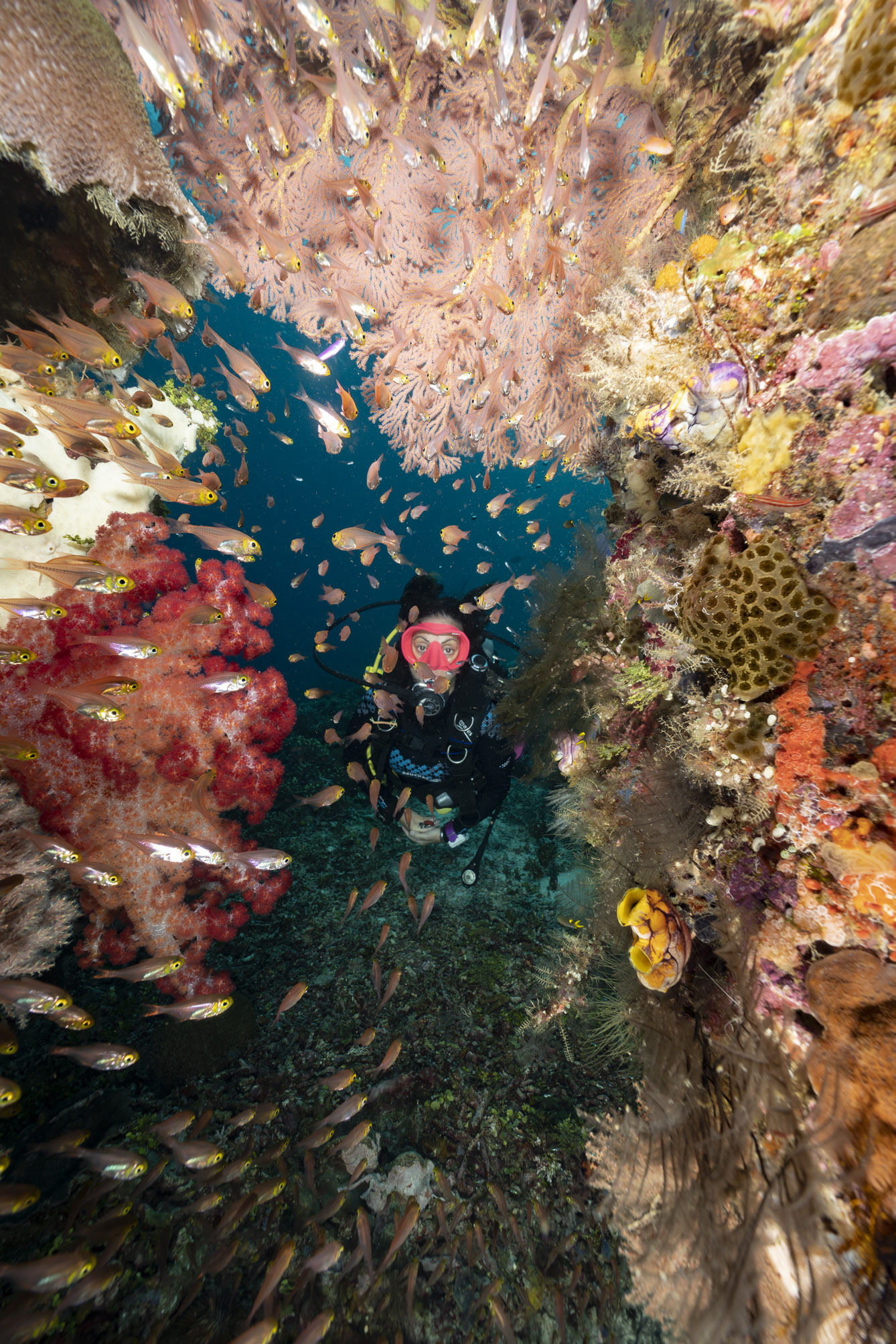
I found that between the photographers there is a preconception, mirrorless= slow focus. Perhaps it was true for the first generations, but I have to say that my Sony focuses at high speed.
I don’t feel sensible differences with what occurred with the Nikon, in fact, between the two I would assign to Sony the palm of the quickest. Reading the user guide and doing the first experiments on-site I realized something that will be hard for the digital natives to understand: in the passage from analogue Nikon to digital Nikon I had limited myself to transfer to the new system the things I knew about the chemical photography, keeping on taking photos like I had learned. With the switch to the mirrorless I was projected into the digital photograph, and I really started taking advantage (and had to study) the functions and conditions of use that were new for me.
Some examples? I’ve always thought that there was no alternative to watch in the viewfinder to compose the image.
Underwater we add space between the eye and the viewfinder, the housing, the mask, and we have to learn (in an ambience that penalises us) to consider the image in a different way. Instead, in a mirrorless system you use the screen in the back to compose the image: big, convenient to watch even if you distance it from your face or if you bring it closer to the subject.
And with some optional characteristics unexpected from an old photographer who was born during the “film era”.For example the possibility to always see a light image on the screen, regardless of the selected trio time/aperture/ISO : useful option in depth, at night or when you work with fast times, aperture closed and low ISO, for example on macro. Or, if I work with a fisheye and I desire a good background illuminated by the natural light, but underexposed in order to have the water of a nice and deep blue, I can set the monitor so that it can show me the image the way it will appear in the final click (except the foreground that will be illuminated by the flash).
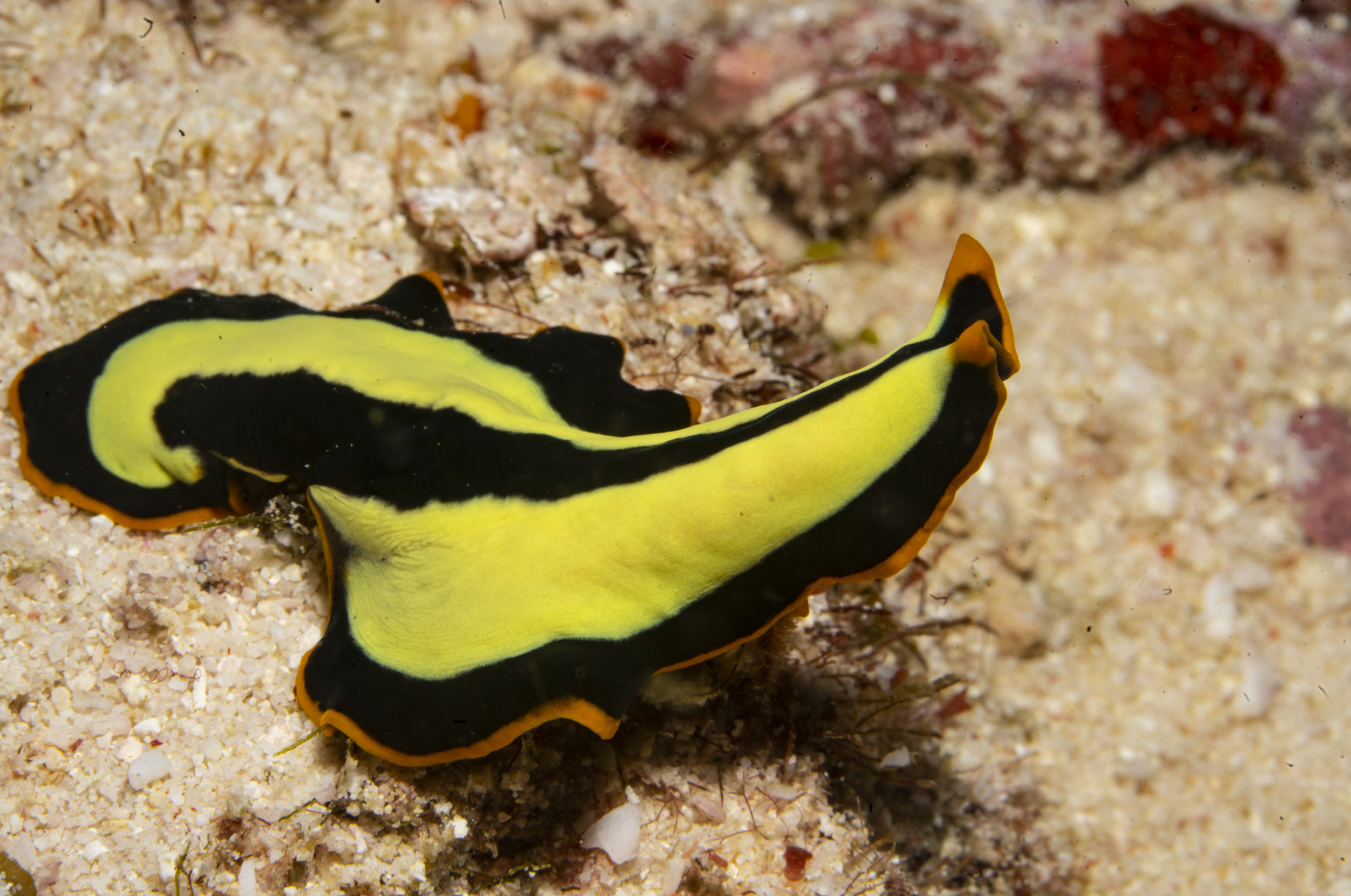
And so on. To be fair there are still two little drawbacks of the mirrorless system. The first one concerns the cleaning of the sensor, that is located behind the lens, without the protection of the mirror reflex and shutter, so everytime you change lens, it is likely to get dirty. You have to be very careful, and luckily the photosub doesn’t change lens frequently. .
The other drawback concerns the duration of the batteries, subjected to a higher consumption because of the monitor that remains lit and consumes energy even during downtime. The Leo3 wi housing by Easydive recharges the battery of the camera in use, through USB connection. Moreover, if we know that we won’t use the camera for a while, for example when we swim, we can turn it off from the outside.
And we remind you that we are talking about a universal housing, adaptable to various models with a simple software update that occurs by email, and that, thanks to the electronic buttons, it is operational at -150 m.
And the same housing can include alternatively different models, that are all recongnizable through wireless connection. What an effort, for an analogue native! But mainly it is compact, light, handy and it electronically transmits outdoor practically all the functions of my new Sony, despite the keyboard that is smaller compared to Leo3 a “switch” button lets you access to functions of a less frequent use. Leo3 wi is the most technological housing in the entire world, the first with wi-fi collection. Another beautiful point for Easydive, in expectation of the final realization of the second photographic revolution.
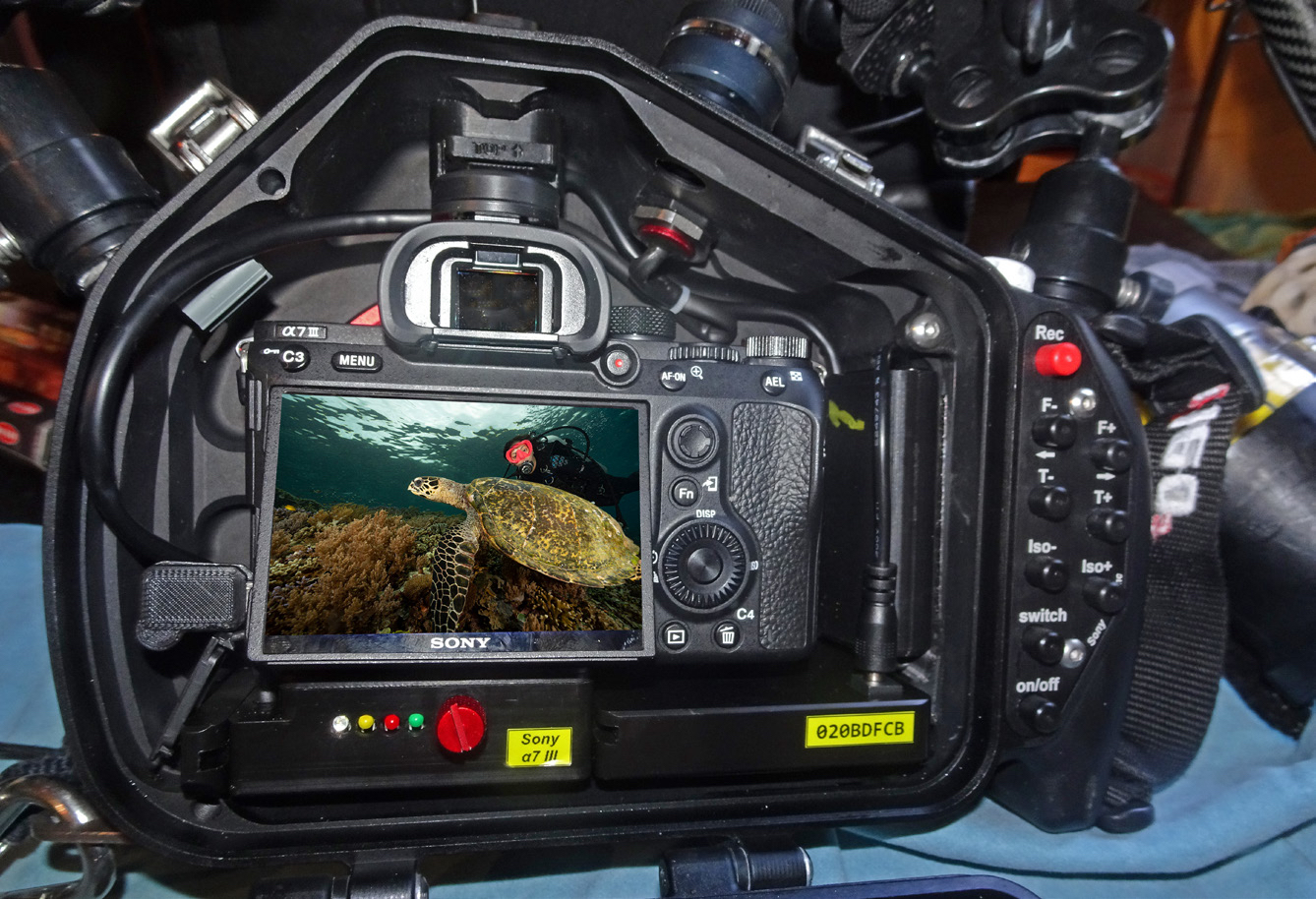
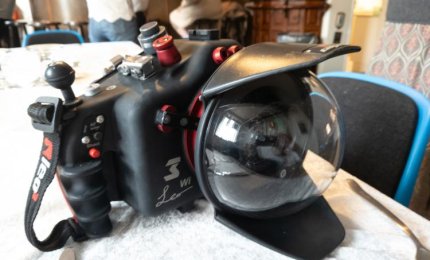
Camera Housing Drifts Across the North Sea, Gets Reunited With Owner
What are the chances? Imagine that you are out in the middle of the North Sea, doing some dives on the WWI battleships, when the tether to your expensive camera rig snaps...
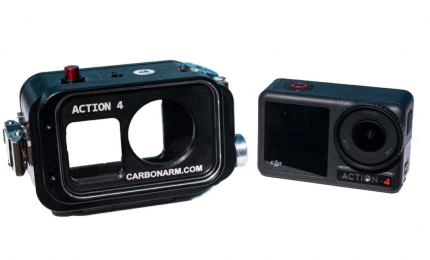
NEW OSMO ACTION CASE CARBONARM FOR OSMO ACTION 3-4
This time let's talk about the case Osmo Action Case, an anticorodal aluminum case...
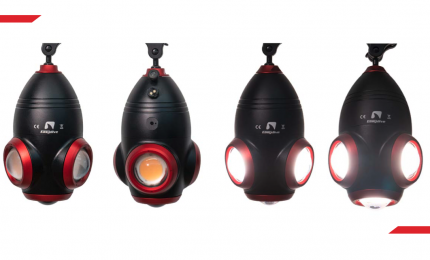
NEW LIGHT FOR EASYDIVE AT THE 29TH EUDI SHOW
One year after the launch of Sphera, the housing for Insta360 Pro2 for 360°...
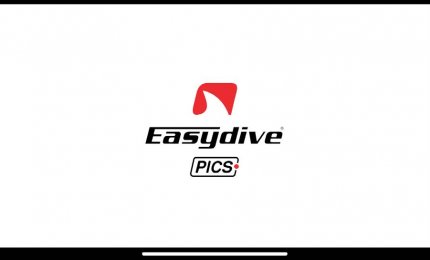
THE NEW UNIVERSAL APP EASY DIVE PICS
In Summer 2023 Easydive releases a new App: EASYDIVE PICS

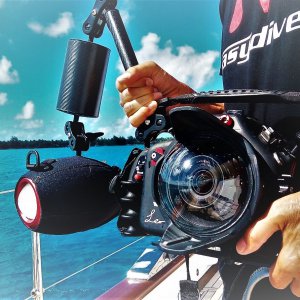 Underwater Housing
Underwater Housing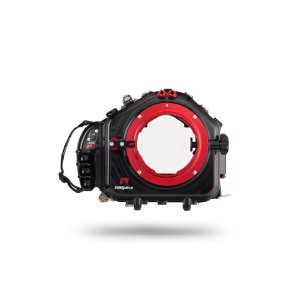
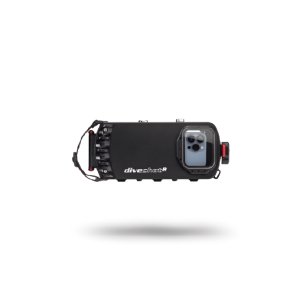
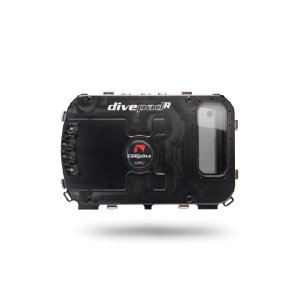
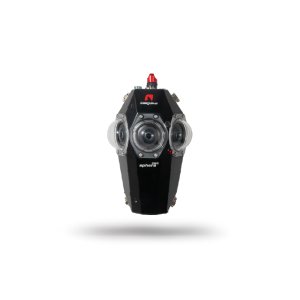
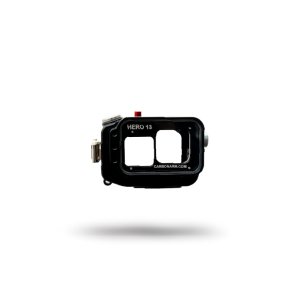
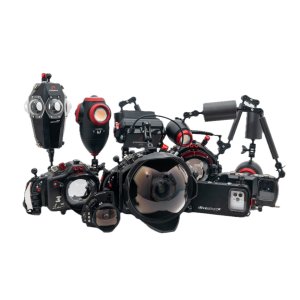
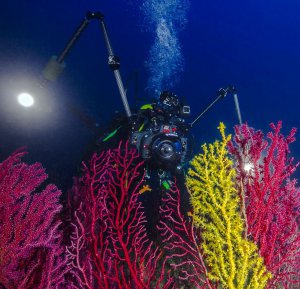 Underwater Lighting
Underwater Lighting
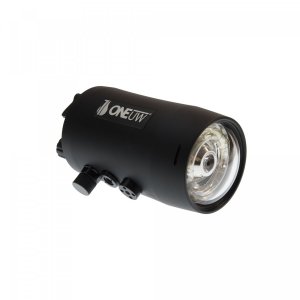
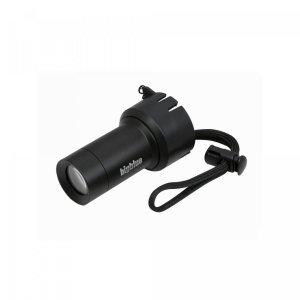
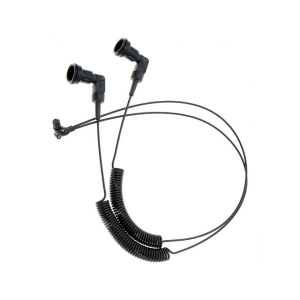
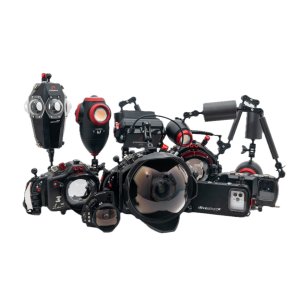
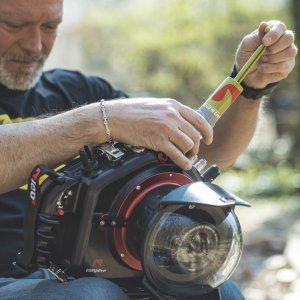 Accessories
Accessories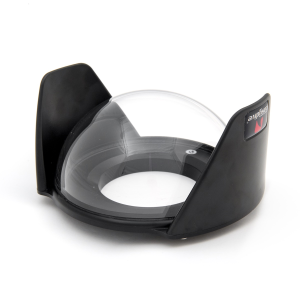
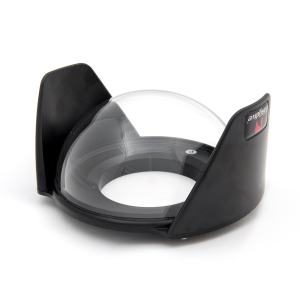 Plexiglass Ports
Plexiglass Ports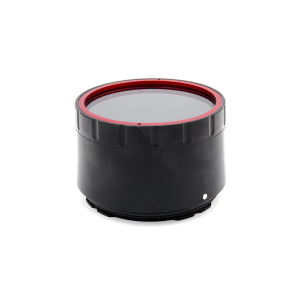 Crystal Glass Ports
Crystal Glass Ports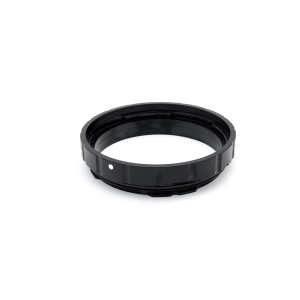 Extensions
Extensions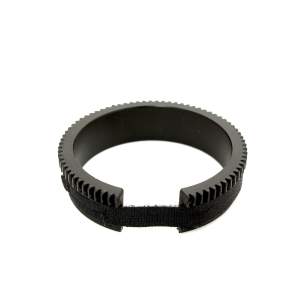 Port Rings
Port Rings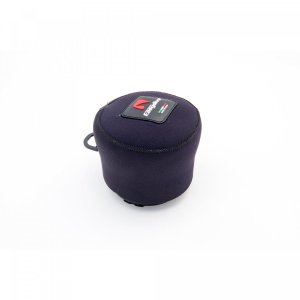 Covers and Taps
Covers and Taps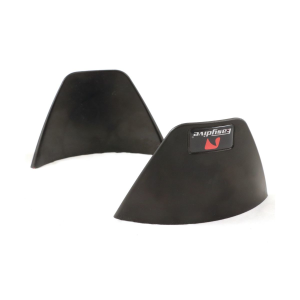 Port Spare Parts
Port Spare Parts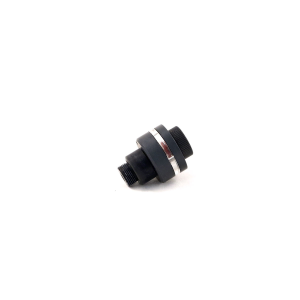
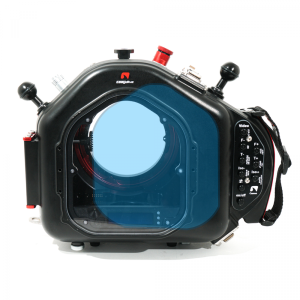 Recommended Accessories
Recommended Accessories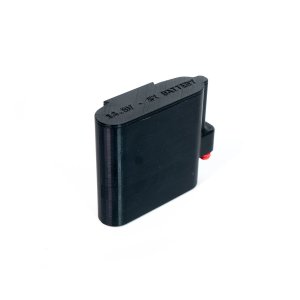 Batteries and Cables
Batteries and Cables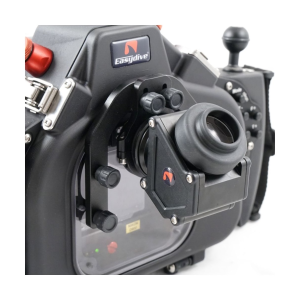 Viewfinders
Viewfinders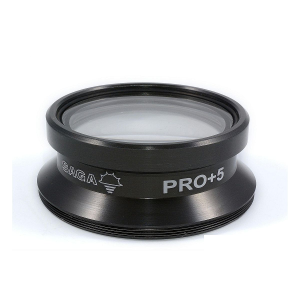 Additional Lenses and Filters
Additional Lenses and Filters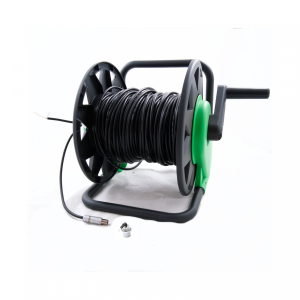 Remote Control
Remote Control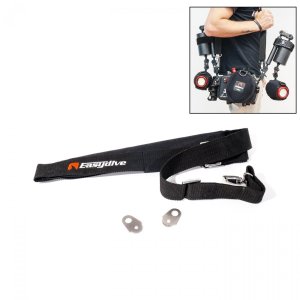 Brackets and Straps
Brackets and Straps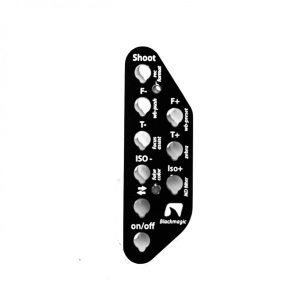 Accessories Spare Parts
Accessories Spare Parts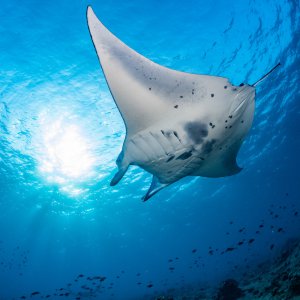 External Monitors
External Monitors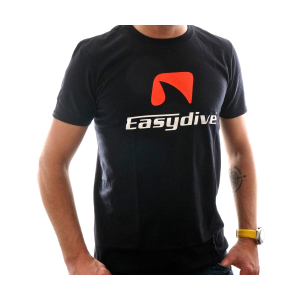 Clothing and Gadgets
Clothing and Gadgets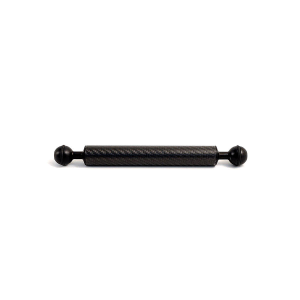
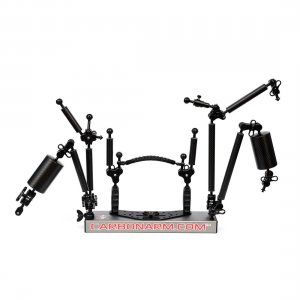 Arm Kits
Arm Kits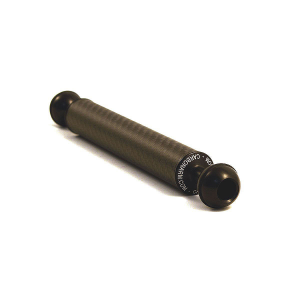 Arms
Arms 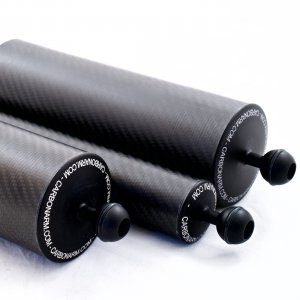 Floats
Floats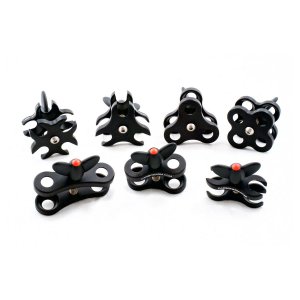 Clamps
Clamps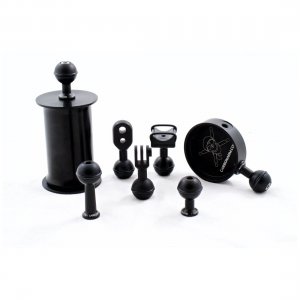 Balls and Mounts
Balls and Mounts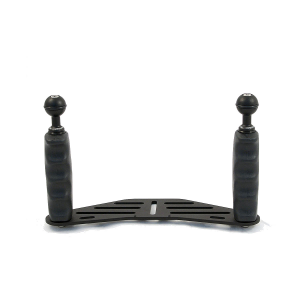 Trays
Trays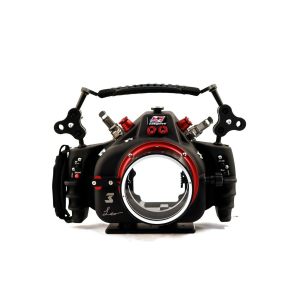 Handles and Grips
Handles and Grips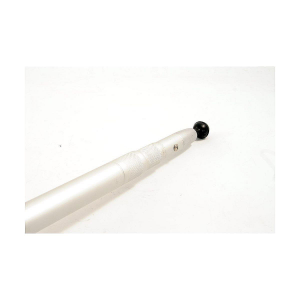 Polecams
Polecams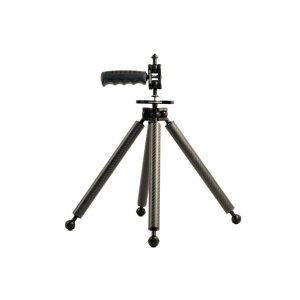 Tripods
Tripods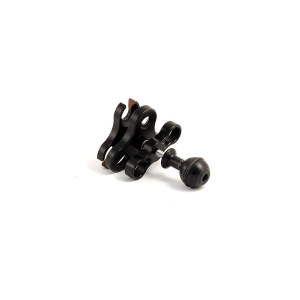 Arms and Mounts Spare Parts
Arms and Mounts Spare Parts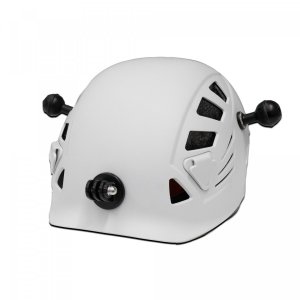 Helmets
Helmets